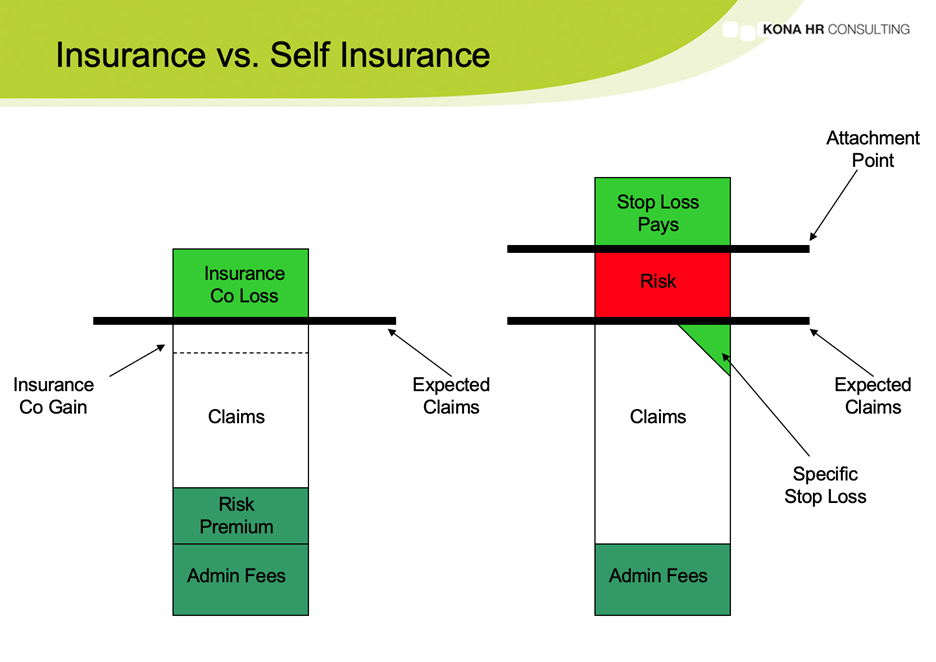
The main difference between fully-insured and self-insured health plans is that in a fully-insured plan, the employer pays a premium to an insurance company, which then pays for employee medical claims. In a self-insured plan, the employer pays for employee medical claims directly.
Fully-insured plans are generally more expensive than self-insured ones but offer more financial predictability. Self-insured plans can provide more flexibility but also have more financial risk.
Here is a more detailed explanation of each type of plan:
Fully-insured plans
In a fully-insured plan, the employer pays a premium to an insurance company, which then pays for employee medical claims. The insurance company sets the premium rate, and the employer pays the same rate for all employees.
Fully-insured plans are generally more expensive than self-insured ones but offer more financial predictability. The employer knows how much they will pay in monthly premiums, and they do not have to worry about unexpected medical claims.
Fully-insured plans are also the most common type of health plan. Most small businesses and many medium-sized businesses offer fully-insured plans.
Self-insured plans
In a self-insured plan, the employer pays for employee medical claims directly. The employer sets the premium rate and delivers the same speed for all employees.
Self-insured plans are generally less expensive than fully-insured ones but offer less financial predictability. The employer does not know how much they will pay in monthly medical claims, and they could be responsible for large, unexpected medical bills.
Self-insured plans are also more complex than fully-insured plans. The employer must establish a trust to hold the money for medical claims and hire a third-party administrator to manage the project.
Large businesses with a lot of money in reserve often use self-insured plans. They can also be used by companies wanting more control over their health plan.
Which type of plan is right for you?
Your business’s best type of health plan depends on your size, financial situation, and employees’ needs. A fully-insured plan may be the best option if you are a small or medium-sized business. If you are a large business with a lot of money in reserve, a self-insured plan may be a better option.
If you are considering a self-insured plan, working with a qualified insurance broker is essential to ensure you set up the project correctly and know the risks and potential benefits.





